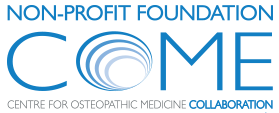Effects of a Myofascial Technique on the Stiffness and Thickness of the Thoracolumbar Fascia and Lumbar Erector Spinae Muscles in Adults with Chronic Low Back Pain: A Randomized before-and-after Experimental Study
| By Patrick van Dun | 0 Comments
The thoracolumbar fascia (TLF) may be a pain generator, given its rich innervation. Structural and biomechanical changes have also been documented in adults with chronic non-specific low back pain (LBP). Myofascial techniques (MFTs) are commonly used in manual therapy and are hypothesized to reduce tissue stiffness and pain. However, evidence for these effects is limited. […]
Continue reading...






